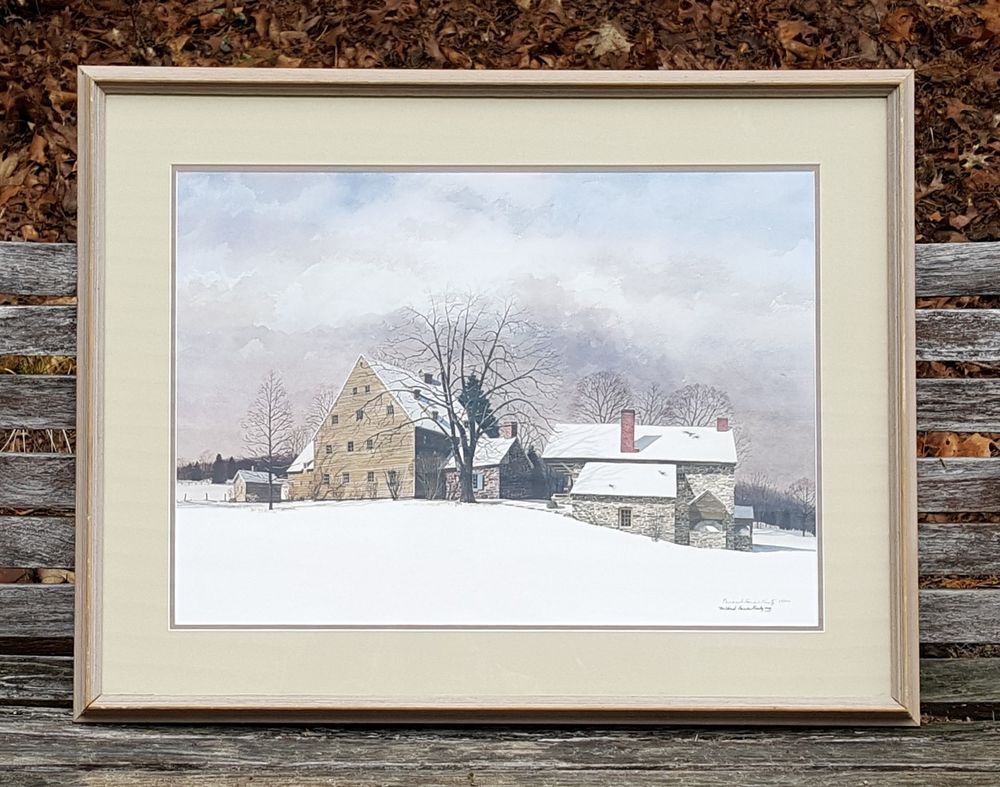In general signed and numbered prints values will change with how the general art market is trending.
Valuing art prints depends on a number of important factors regardless of how the general market is moving.
Over the years, many people have come upon valuable art in the weirdest ways, without the slightest knowledge of its worth.
Whether by finding it in the attic, buying it from a charity organization, or inheriting the artwork, people casually put aside art or hang it like everything else.
To the untrained eye or those with a lack of knowledge in the world of art, a painting is just that, a painting.
However, there are many intricate details to various types of artwork that makes it stand out from other pieces or collections.
A beautiful print by an artist such as Pablo Picasso may be worth millions of dollars at an auction, while a less popular artist may fetch a few hundred dollars or, at most, a few thousand. Here is what makes some artwork way more valuable than others and how to identify them.
Also Read: Types of Art Prints
From tricky techniques to print run or even absent signatures, there are many components that define the cost of a picture.
Here’s a guide to understanding the value of artwork and how to determine the value. Whether you are seeking to purchase new prints or sell ones you previously owned, this guide will assist you.
How to Value Signed and Numbered Prints
The value of signed and numbered prints value depends on the artist, the artwork, number of prints, the type of print, and if the signature is an original.
The Artist
If you know the name of the artist, you can begin your research. There are several websites that list thousands of artists and millions of prices fetched at auction to enable people to research pictures and value. These tend to charge for detailed information.
Sites such as www.artnet.com, www.fineartinfo.com, are commonly used by the art trade. If the name is not clear, you may need to use a professional dealer or auction house to attribute the artwork.
If you suspect your picture is valuable, take it to a specialist fine art auctioneer, such as Christie’s or Sotheby’s.
You can search online for galleries and dealers who specialize in specific artists’ work (if you know the name of your artist) or certain types of artwork.
They can be dealers in antique maps or Japanese woodblock prints. Galleries that are members of the Fine Art Trade Guild are bound by a code of ethics.
Leonardo Da Vinci is considered one of, if not the greatest artists of all time by many. “Salvator Mundi,” painted by Da Vinci, sold for 450 million dollars, which wasn’t even his most famous painting.
His most popular piece of art, “Mona Lisa,” is currently owned by the French Government. As you could assume, this isn’t common in the art, and further proves the value of art is tied to the artist and the impact they make on society.
Limited vs open Edition Print
At the onset of the 20th century, artists began producing their fine art prints in limited editions so that each work would retain its value over time. When editions are small, the individual artworks in the edition are more rare—and, as a result, more expensive.
Prints from large editions (often 200 or above) are less valuable, as it’s unlikely that the artist was directly involved in the production of each print. These works tend to be categorized as mere reproductions rather than prints of fine art.
An artists proof is a limited run that the artist can sell themselves and are considered quite valuable.
Print Runs
Every print in a limited edition is numbered, usually in pencil at the bottom of the print, which is vital for determining the value of a print. The denominator (the bottom number in the fraction) will show you how many prints were printed in one edition.
The upper number (numerator) will show you when each print was created during the run. For example, if you see a 15/100 number on your piece, that means that you have the 15th print from the edition that contains a total of 100 prints.
As far as print run numbers are concerned, the rule is simple: the smaller the number, the bigger the value.
Signature
Like all artworks, fine art prints are more valuable when they are hand-signed by the artist.
It doesn’t matter much if the signature is located on the front of the print, the back of the print, or on its accompanying Certificate of Authenticity.
Signing fine art prints only became standard practice in the 20th century—and many historic prints lack their artists’ signatures.
In these cases, you should ask the gallery or auction specialist for other signs of authenticity before you make your purchase.
Along with trends in the broader art market, a print’s edition, technique, condition, and signature will determine whether it costs a few hundred dollars or five million dollars.
When you find a print you like, you can look to these essential details to contextualize its price and estimate its lasting value.
Print Type
The vast majority of prints are works on paper, which makes them prone to water stains, fading, creasing, trimming, and other damages.
The common types are lithograph, serigraph, and Giclee all depending on the quality will vary in value greatly. Lithographs or serigraphs will generally be the most expensive.
It’s rare to find a historic (or secondary market) print in perfect condition.
So, before you buy one of these works, you should ask the gallery or auction specialist for a condition report.
If the print you want is in poor condition, this doesn’t need to be a deal-breaker as you may negotiate the price.
When you’re buying a contemporary print straight from the artist’s studio or print shop, you can expect the work to be sold in perfect condition.

